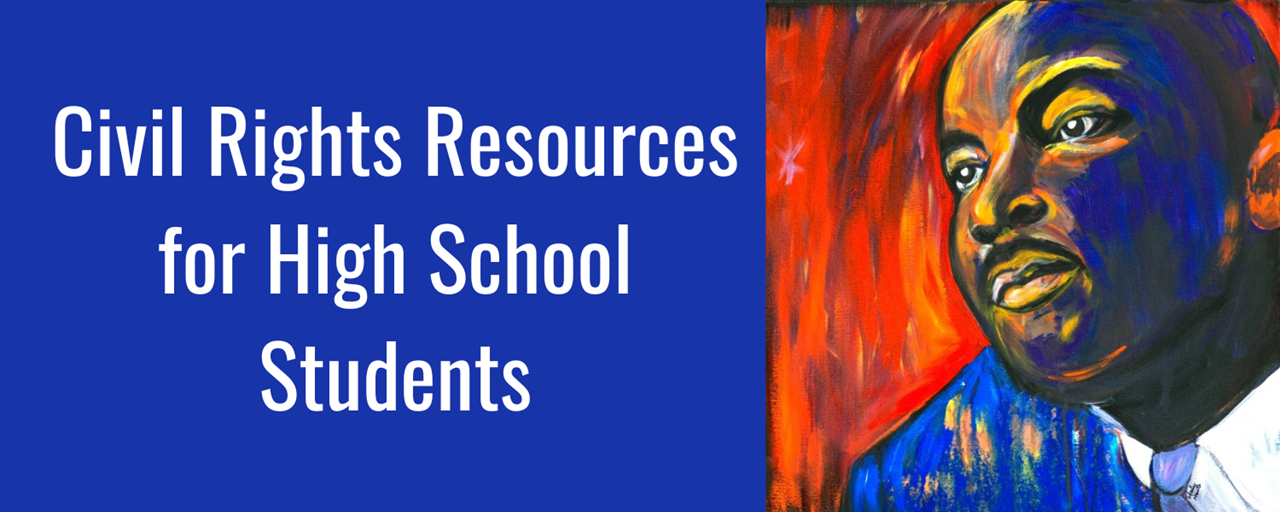
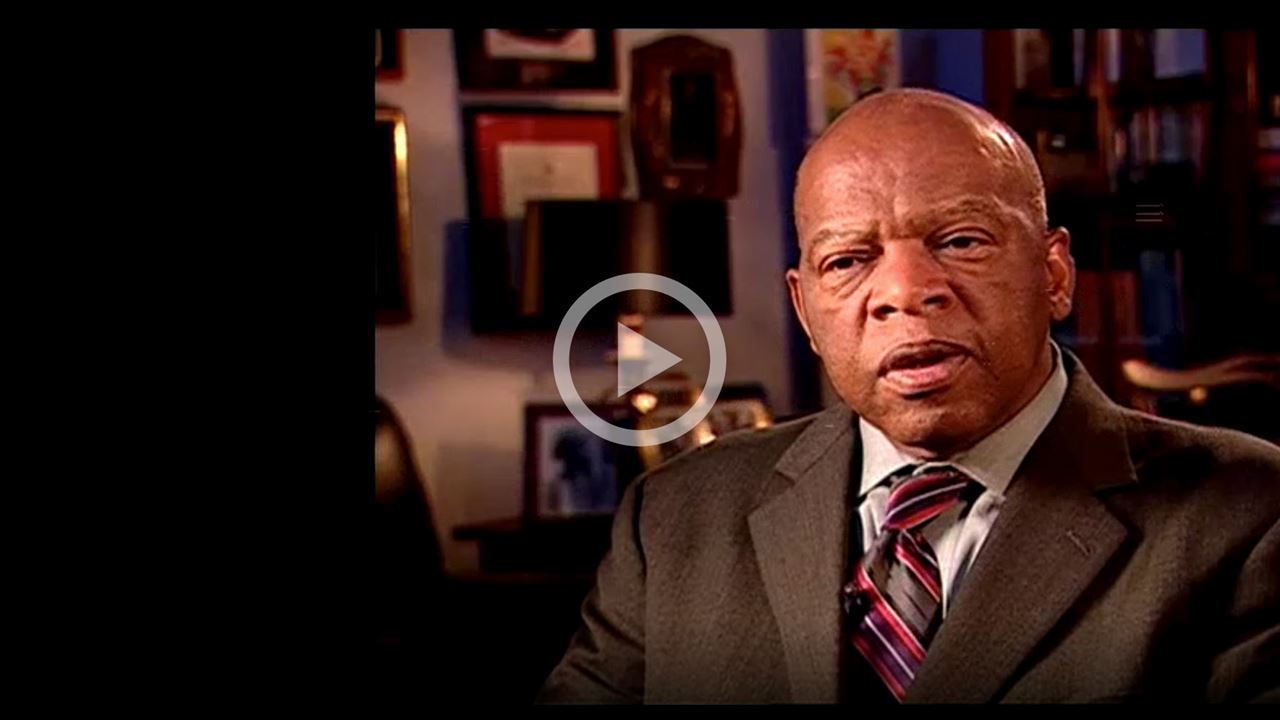
A film about John Lewis on citizenship and character: "To be a good citizen is to obey the rules...the laws. Unless those laws conflict with your conscience.
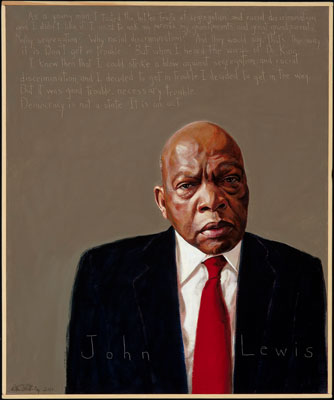
John Lewis was involved in the Civil Rights Movement as a young man and later became a member the House of Representatives for the state of Georgia.
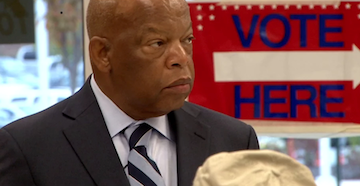
In 1965, the historic Selma March was a turning point in the Civil Rights Movement. John Lewis—now a revered U.S. Congressman, then a young student—co-led hundreds of peaceful marchers seeking voting rights for African Americans.
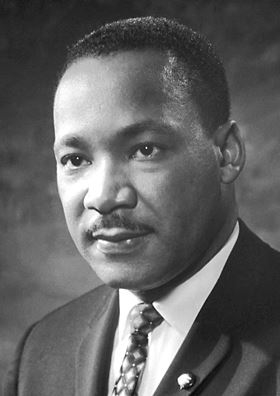
Congressman John Lewis writes about how Martin Luther King Jr. inspired him as a young man during the Civil Rights Movement.
1. In the film Citizenship, Congressman John Lewis states when the laws conflict with our conscience, we have an obligation to disobey the laws. Do you agree or disagree with Lewis?
2. Were the civil rights activists of the 1960s successful in changing the laws by breaking the laws?
3. What character traits do you think a good citizen possesses?
4. As a student, what tools do you have in your power to affect laws in your country?
5. How does this story by John Lewis communicate to others the influence that Martin Luther King Jr. had on the United States of America?
6. How does Martin Luther King's humanity and compassion for others inspire each of us to learn more about how we can make a difference in our own communities?
Read the Following Stories about Civil Rights Heroes and Consider the Discussion Questions
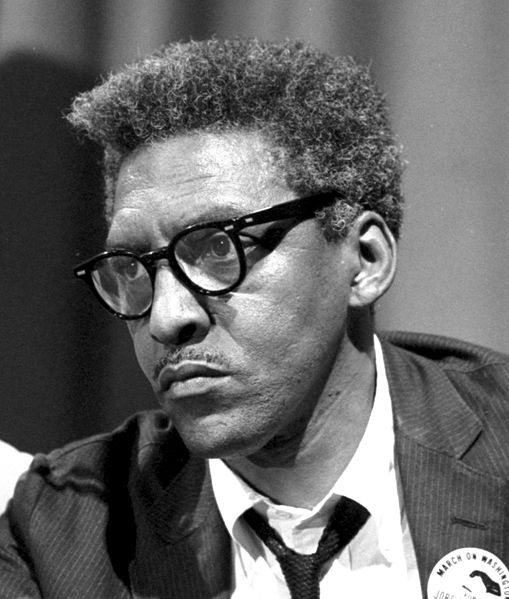
Bayard Rustin organized one of the largest nonviolent protests ever held in the United States: the 1963 March on Washington.
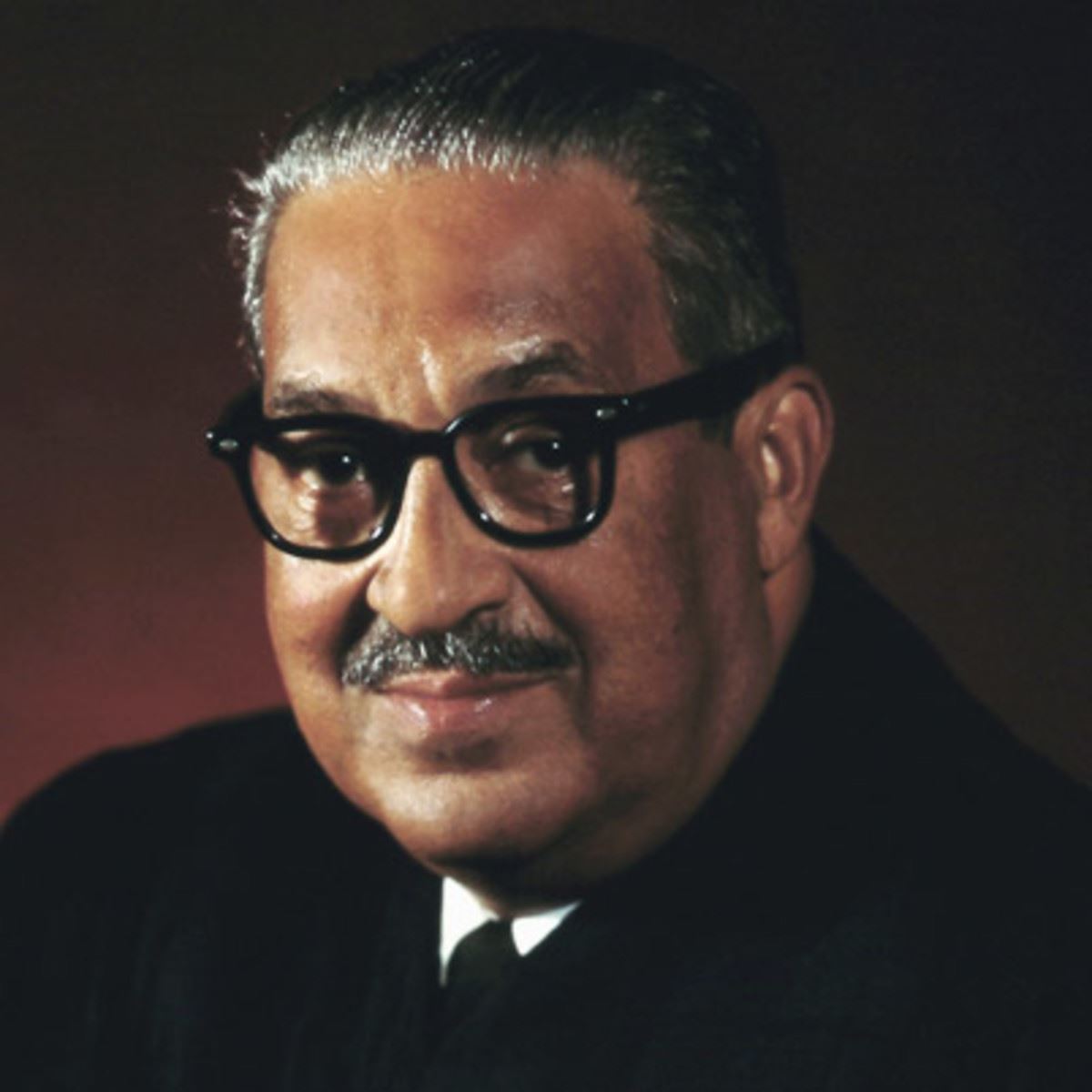
Vijay, a middle school student, wrote about his hero Thurgood Marshall, who was appointed as the first African American Supreme Court Justice and advanced desegregation in the United States.
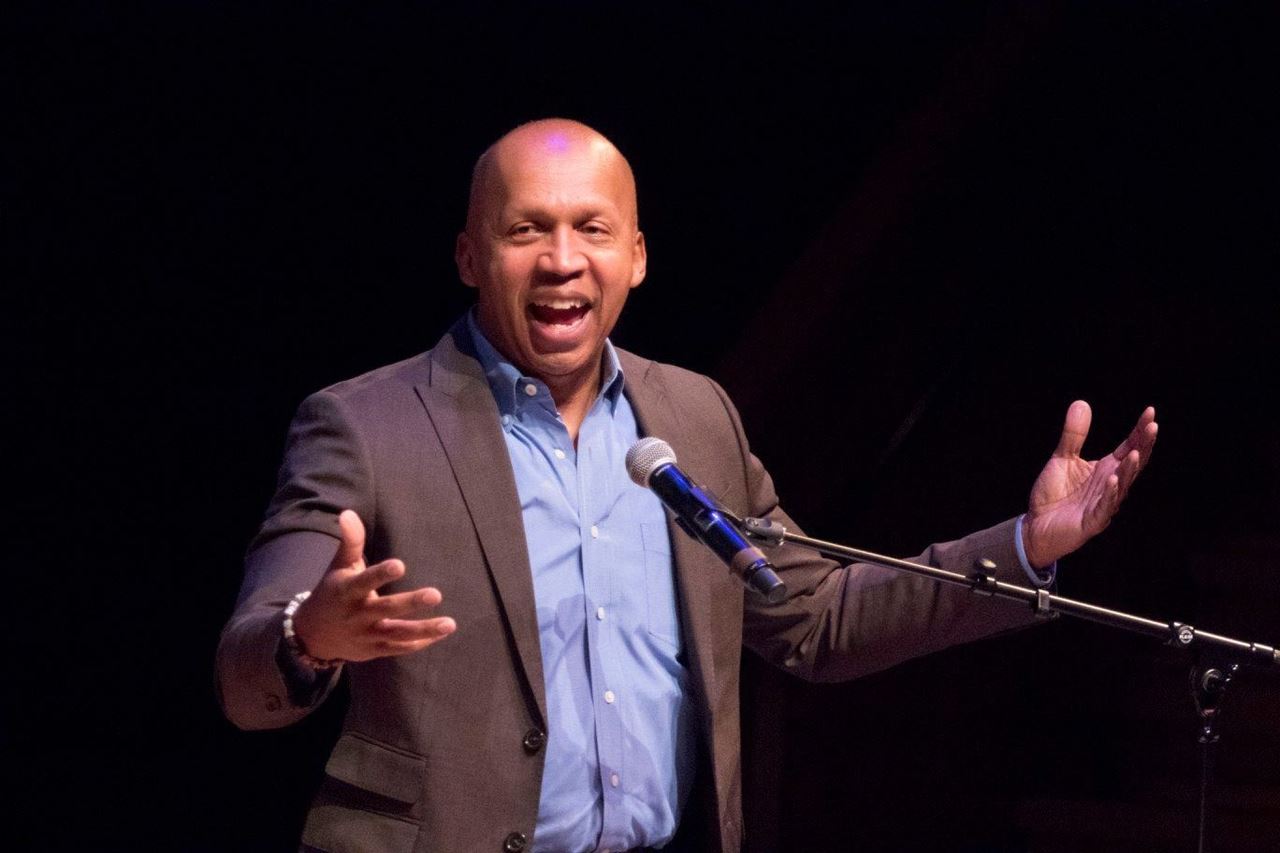
Story with Text and Audio so Students can Listen & as they Read Along
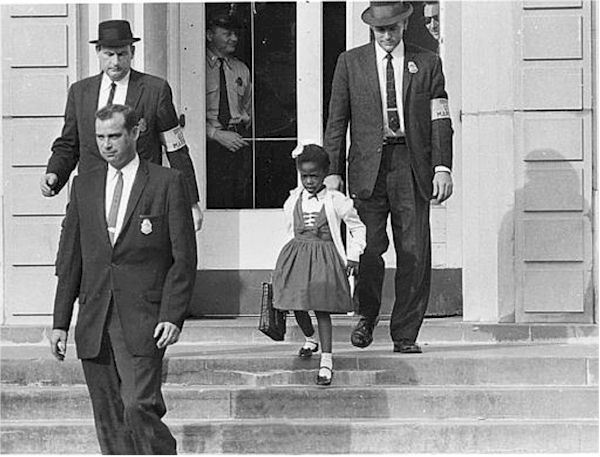
Discussion Questions and Activities
1. What common character traits do each of these civil rights heroes share?
2. What impact did the 1963 March on Washington have on Civil Rights in the United States?
3. How were Thurgood Marshall and Ruby Bridges vital to desegregation of the schools in the United States? What other people worked towards desegregation? Who impressed you?
4. Fannie Lou Hamer was a voting rights activist. Research the Voting Rights Act of 1965 and the activists who worked for equal access to the right to vote.
5. Bryan Stevenson works to address racial inequality. What still needs to be done to ensure that all people have the same rights? What can you do?
6. Who is your civil rights hero? Share his or her story with MY HERO through the create program.
Analyze the Following Artwork about Civil Rights Heroes
How do each of these artists portray the strength of their Civil Rights hero?
Consider creating a portrait of your hero, or a poster honoring someone working for Civil Rigths to submit to MY HERO through the Create Program.
Ben Heine pays homage to great African-American civil rights heroes Martin Luther King and Barack Obama.
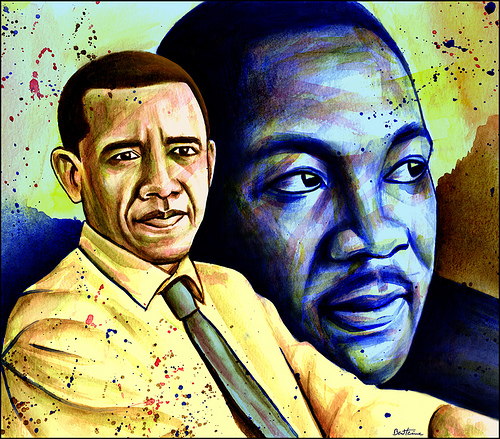
The March on Washington in 1963 was a pivotal moment in the history of civil rights.
What changes were made after this peaceful protest?
What still needs to be done today to ensure equal rights for all?
Who is working towards that goal in your community, country or globally?
What can you do?
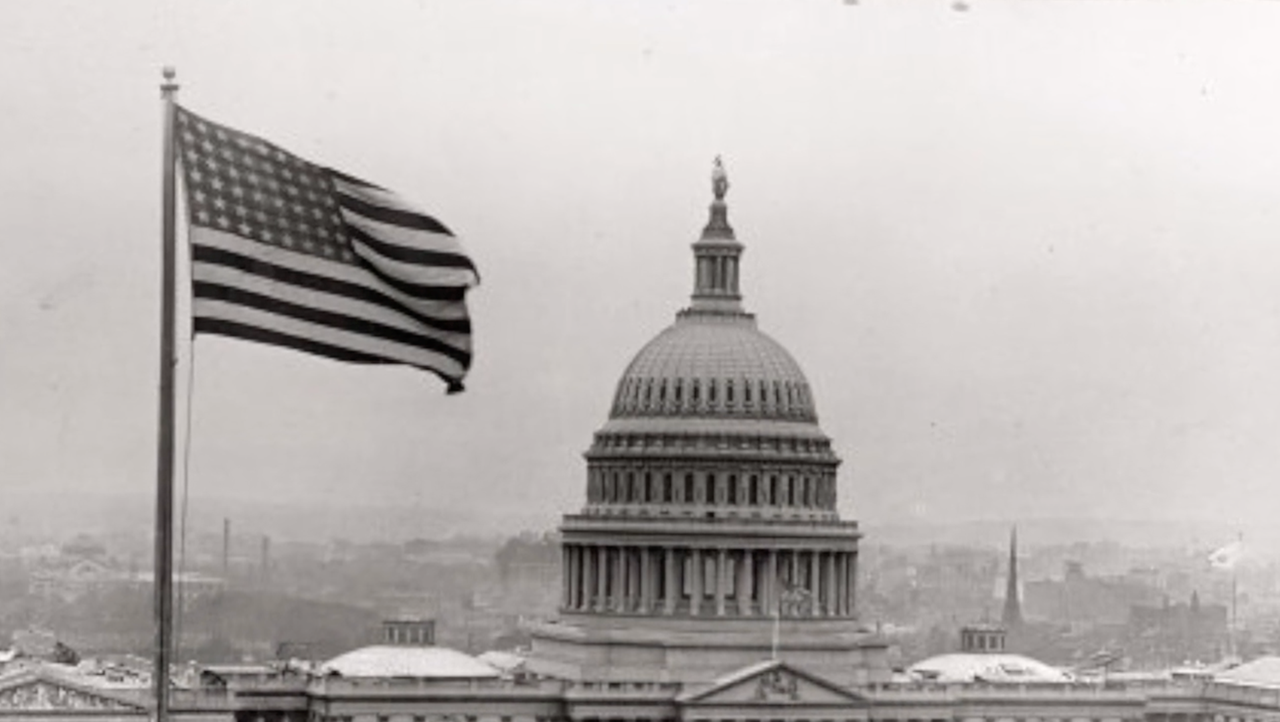
Nonviolent civil disobedience based on Christian beliefs started long before the 1963 peaceful protest, March for Freedom on Washington D.C. PASSWORD: 2march4freedom1963
Students can share their Hero Essays, Films and Art through our Create Program

Tutorial for students
Outstanding essays submitted to MY HERO will be considered for a certificate/t-shirt prize or be featured on the Story Homepage.
Submit your artwork to be entered in the MY HERO art contest or to be exhibited on our Gallery Homepage.
Students can submit their films for free with a waiver to the MY HERO International Film Festival.
Learn about a New Hero Every Day of the Year: Use the MY HERO Calendar in the Classroom
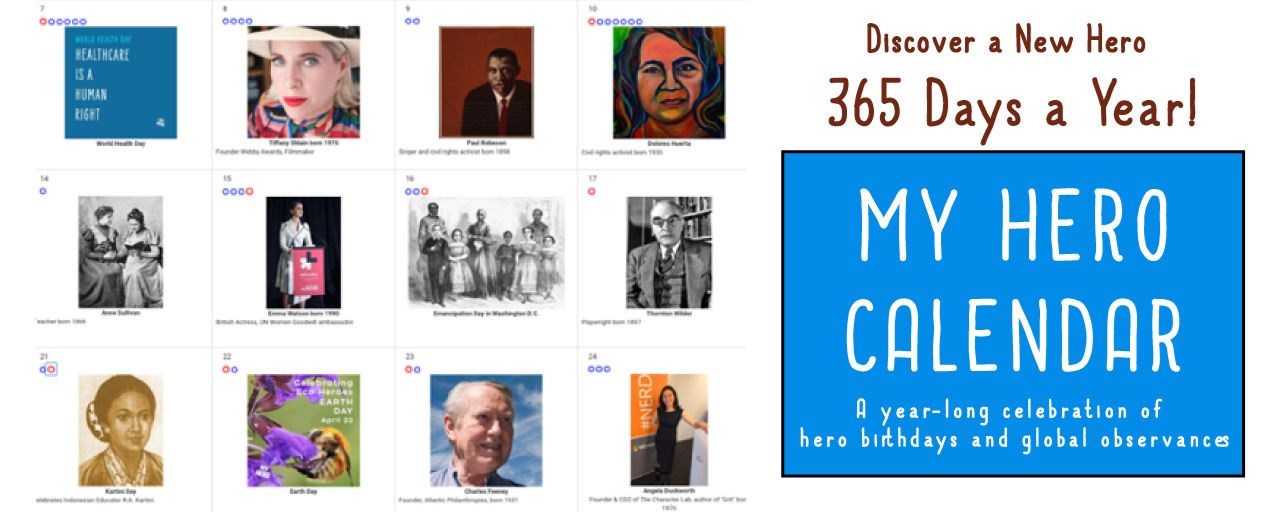
Organizer created on 6/22/2021 5:19:39 PM by Laura Nietzer
Last edited 7/29/2022 12:21:17 PM by Laura Nietzer